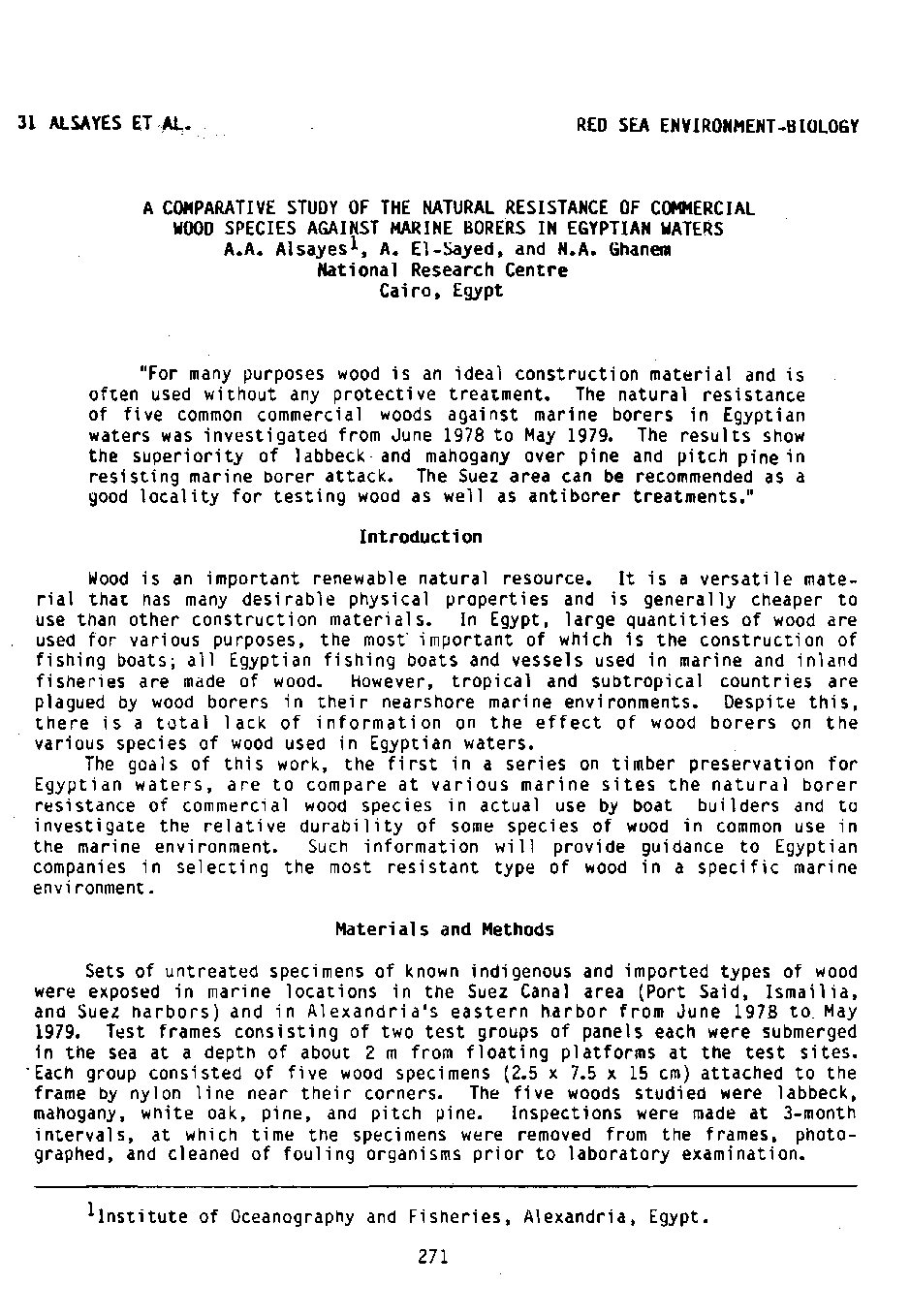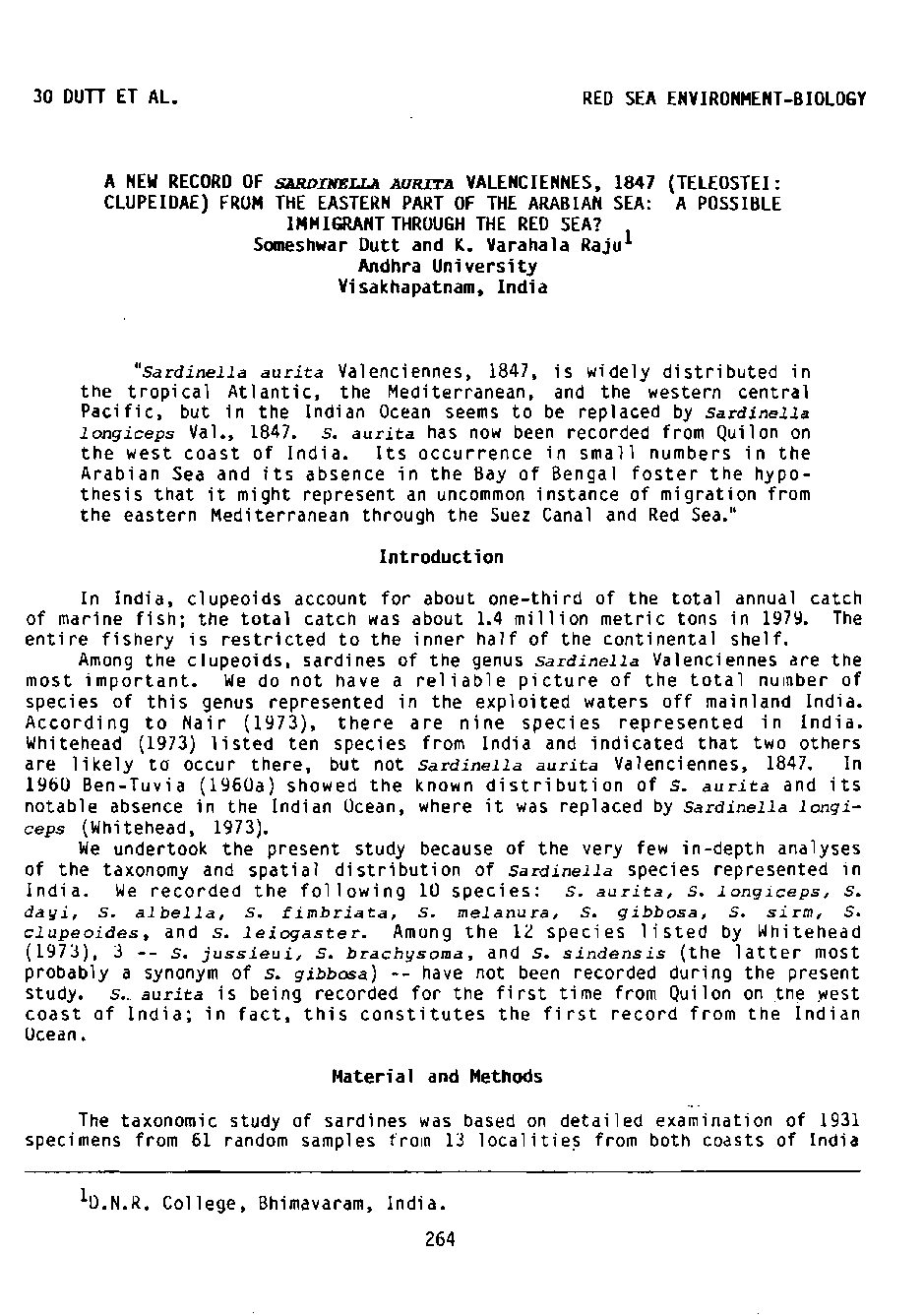Categories
vol-9ADVANCES IN MARINE AQUACULTURE IN THE RED SEA
Hi llel Gordin
Israel Oceanographic and Limnological Research
EHat. Israel
UThe work in the field of mariculture in the Red Sea started in
Israel in 1970. Three years later an intensive research and development program was initiated on Sparus aurata as a candidate organism
for mariculture. This paper discusses the considerations for selecting this species. The work at present in the Eilat Mariculture
Laboratory concentrates on the fol lowing subjects: nutrition. controlled reproduction. larval rearing, fish disease. and fish farming.
The state-of-the-art of the Sparus aurata cul ture is descri bed:’
Mariculture seems to
quantities than it does at
and algae is growing.
whereas the worldwide
fisheries harvests seem to
have reached a pl ateau
(Gordin, 1980). The annual catch of the last few
years has fluctuated
around 70 million metric
tons (see Figure 1). Pollution, overfishing. fishing effort. and cost have
helped to counteract the
human desire to increase
fi sheri es yi e1ds. And. of
course. fish populations.
wherever they exist, are
finite; we can tax them
only to the degree that
will allow their continued
survival. Otherwise. the
many sad examples like the
heavy depletion of the
California sardine and the
South American anchovy
wi 11 repeat themsel ves
elsewhere.
Efforts should,
therefore. be directed
toward developing technologies that will utilize
Introduction
have the potential of providing seafood in larger
present. Demand for seafood. fish, invertebrates,
WORLD FISHERIES CATCH
70
-..
c:
o
“‘0
u 60
U”
..
.~
”
…
50 l ! !
,9 19~60———,…l.91-0——”””;971-..8
FIGURE 1. World fisheries catch from mid-1960s
to 1978. (Data from FAO. 1979. and U.S.~
tional Marine Fisheries Service, 1980)






